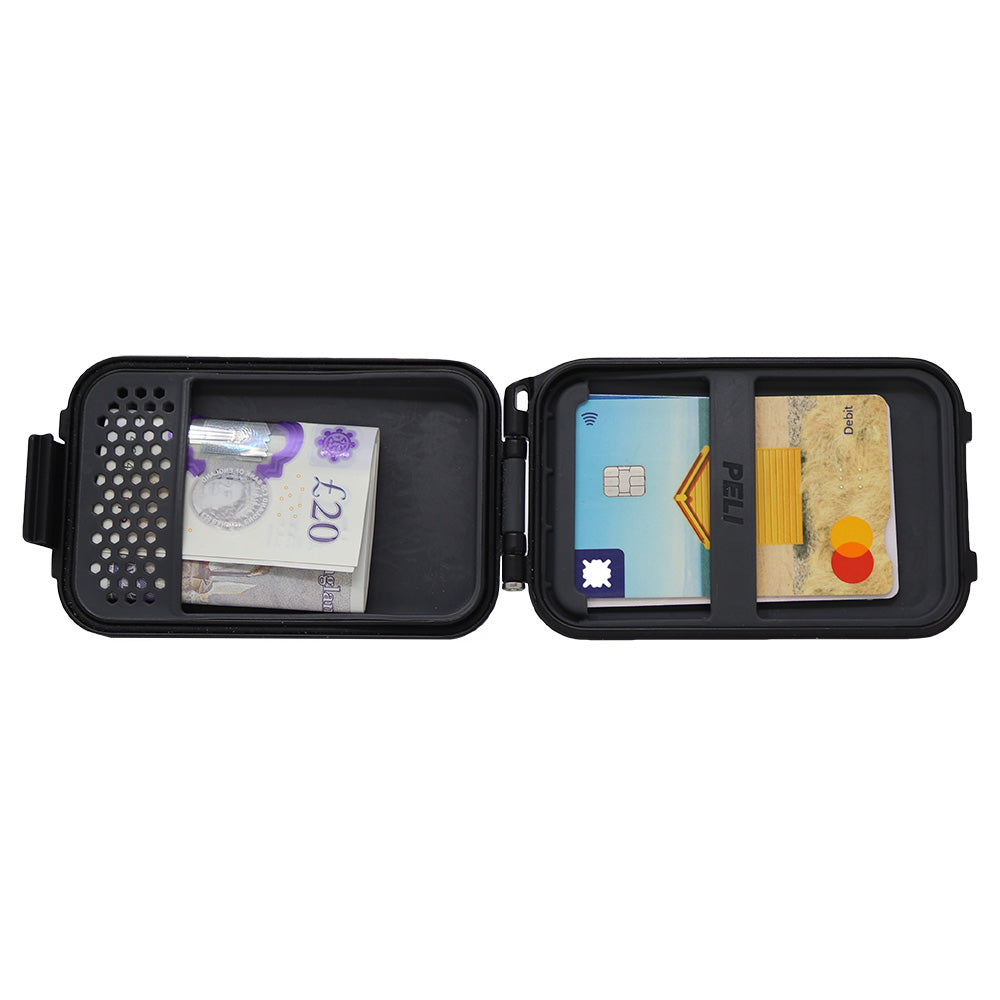Peli Protector Case Testing and Certification
The Peli range of protective cases has been the industry favourite across many sectors for over four decades. Peli cases are renowned for their ruggedness and strength, but what testing has been done to prove this and are the cases certified?
Ingress Protection (IP) Rating
Each Peli case is tested and given an Ingress Protection (IP) rating, such as IP67, IP56, etc. This rating is used to define the level of protection the case has against intrusion from two kinds of foreign bodies, i.e. solids (e.g. dust) and liquids (water).
The first digit in the IP rating indicates the degree of protection from solid foreign bodies, while the second digit indicates the degree of protection from liquid foreign bodies.
On some occasions where there is an X in place of one of the numbers, this tells us that the IP rating has not been tested for that particular category, for example, a rating of IPX4 would mean that testing has only been completed for liquids.
Almost all Peli cases are IP67 rated, meaning that they are completely dust-tight, as well as watertight up to depths of 1 meter for thirty minutes.
For more information on IP ratings and how they are classified, take a look at our IP ratings guide here.
Military Certification
Many Peli cases have also undergone rigorous testing to ensure certified compliance with Defence Standard (Def-Stan, UK equivalent of MIL STD) and STANAG (NATO STANdardisation AGreement). These tests include:
- Vibration Test K DEF STAN 81-41
- Low Temperature Test G DEF STAN 81-41
Decrease temperature to -20 ± 2ºC for 16±5 hours and afterwards return to 20±10ºC.
- Dry Heat Test C DEF STAN 81-41
Increase temperature from 25 ± 10ºC to 55 ± 2ºC, humidity not exceeding 75%, and maintain conditions for 48 ± 1 hours. Return temperature to 20 ± 10ºC.
- Impact (Vertical) Test E DEF STAN 81-41
At 25±10ºC, the case is dropped from a height of 1000±5 mm making sure that the impact is received in all angles of the case.
A4A Specification 300
A4A, or Airlines for America (previously ATA - Air Transport Association) 300 is a specification document rating the approval and suitability of the case for shipment on the airlines, made up of the following categories for reusable containers:
- Category I
Designed for over 100 uses.
Can be constructed of metal, plastic or fiberglass.
- Category II
Designed for 10 uses.
can be constructed of wood, fiberboard, or cardboard.
- Category III
Designed for single use
The A4A 300 specifies how the containers can be constructed, how many handles they need per volume and how the interior must be designed.
Lids should not warp, handles and latches must be recessed or flush and skid runners must be present if the container is over a certain size.
Cases need to be able to be stacked if they are over a certain size, and the markings must follow the specification for size and durability of the text.
Lifetime Guarantee
If you do manage to achieve the impossible and push your Peli case to its absolute limit, the legendary Peli “you break it, we replace it. Forever.” Lifetime Guarantee has got you covered!






Leave a comment